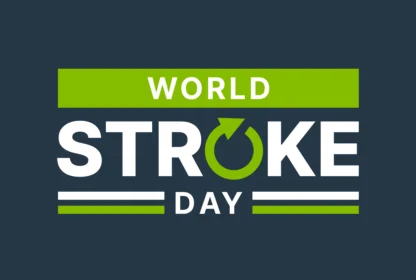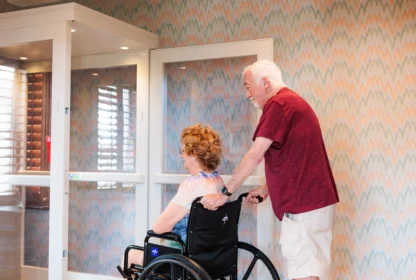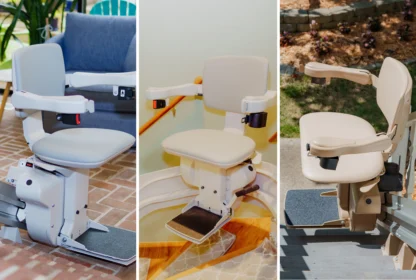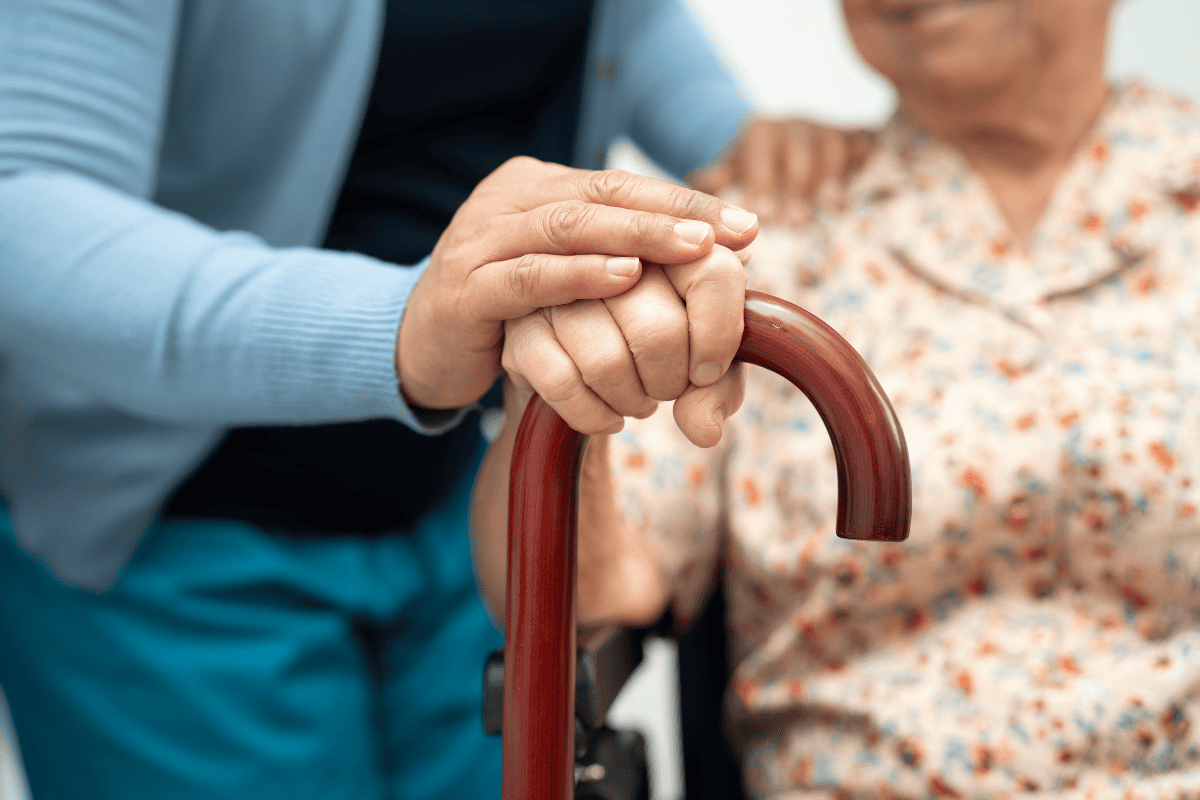
The Challenges and Rewards of Caring for Elderly Parents at Home
The Wall Street Journal reports that the U.S. population of those 80 years and older is expected to grow to 18.8 million by 2030. And with more and more in that group opting to age in place due to rising senior living costs and the desire to remain close to loved ones, the responsibility will continue to fall on family caregivers to step up and fill this need. In fact, AARP reports that there are currently more than 48 million Americans serving as caregivers, with this number only continuing to grow as well.
At 101 Mobility, we know that caregiving is no easy task. It can often take its toll physically and emotionally, as you must navigate your career, family, and more while handling your caregiving duties. With all that in mind, it can also be extremely rewarding, spending extra time with those you love most and providing a helping hand in their time of need. We believe that caregivers deserve recognition and support, which is why we’re proud to share six tips on caring for elderly parents at home. You don’t have to do it alone. Read on to see how you can make this important job just a bit easier, get tips on home safety for aging parents, and learn more about how to support aging parents at home.
1. Prioritize Home Safety to Prevent Falls
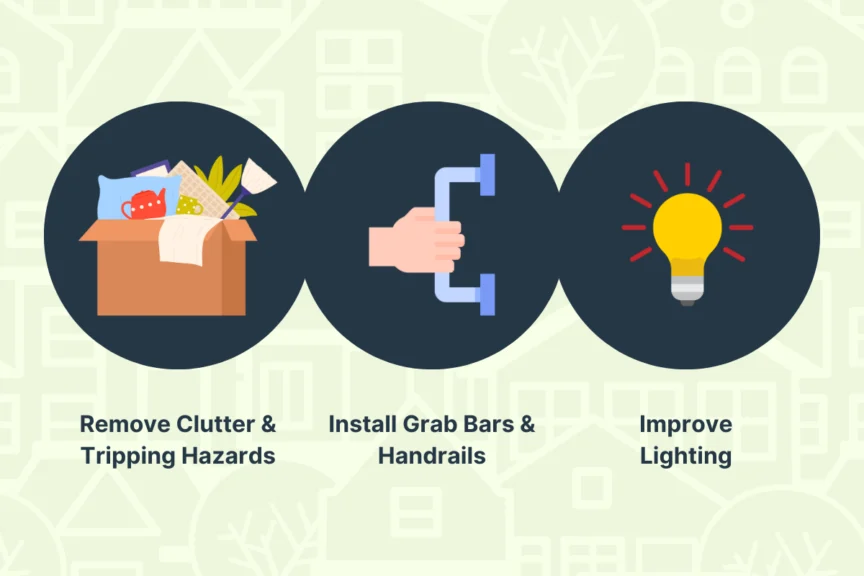
When caring for elderly parents at home, fall prevention is likely top of mind, as those in this age group are often more unstable and prone to accidents. These falls can set them back, often causing injuries and long-term damage, taking its toll on both you and your loved one. However, staying proactive can help keep your loved one protected. Here are a few tips to keep in mind when taking care of aging parents:
- Remove Clutter & Tripping Hazards: Keep walkways clear, assess your home to locate any unsafe areas, and install non-slip mats to help with traction.
- Install Grab Bars: Explore our essentials for bathrooms, hallways, and staircases that are built to provide an extra layer of stability in places where it’s needed most.
- Improve Lighting: If your home isn’t well-lit, this can increase fall risks and can be dangerous. Consider adding lamps to dim areas or motion-sensor lighting for nighttime navigation.
Interested in learning more? Check out our blog on preventing falls, learn how to help your loved one if a fall does occur, and get additional elderly care tips for families.
2. Use Mobility Aids for Safe Movement
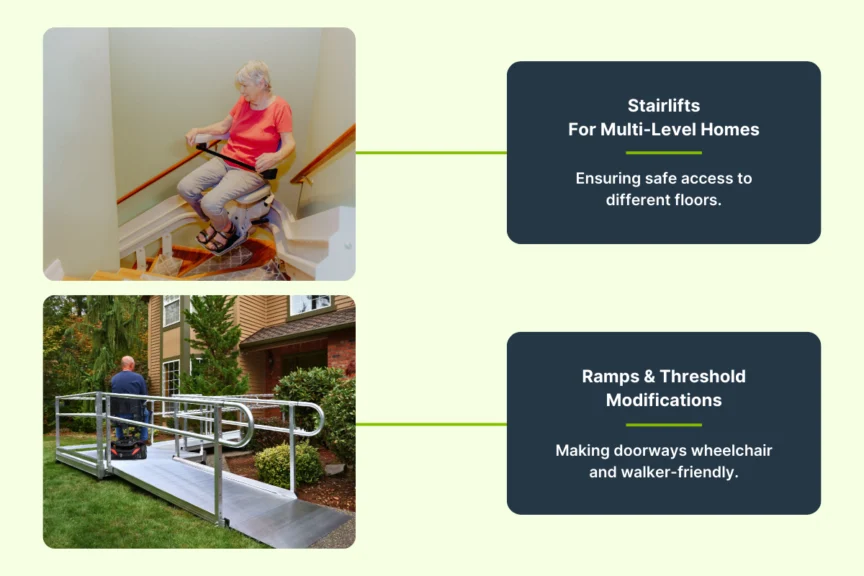
If you need additional support, we can help. 101 Mobility is proud to provide a variety of mobility solutions designed to improve safety in your home and keep your loved one mobile. Learn more about home safety for aging parents.
- Stairlifts & Elevators for Multi-Level Homes: Both stairlifts and elevators are great options when it comes to ensuring safe access to different floors and getting your loved one to where they need to go. Learn more about how to figure out which one is right for your situation and weigh your options.
- Wheelchair Ramps & Threshold Modifications: If your loved one faces challenges when it comes to navigating high thresholds or getting in and out of the home, ramps can make doorways wheelchair- and walker-friendly. Whether you’re looking for rubber threshold ramps, multi-fold ramps, or another solution, we’ve got you covered. Explore our selection today.
These tools can be pivotal when it comes to helping seniors maintain independence. Get started today and explore the best mobility aids for elderly parents.
3. Create an Accessible Bathroom
Bathrooms are one of the most used locations in the home—and they can also be the most hazardous. Those aging in place are more likely to fall in this room, due to slippery surfaces, awkward spaces, and more. However, there are several solutions that can help prevent these incidents—and give caregivers peace of mind.
- Walk-In Showers & Tubs: Installing a barrier-free shower involves removing your existing shower pan or tub, ensuring your loved one doesn’t have to cross a high threshold and can get in and out of the shower with ease, making these a safer alternative to traditional bathtubs.
- Raised Toilets & Shower Seats: A low toilet can be challenging to navigate for those aging in place. In addition, it can be hard to stand in the shower for long periods of time. These tools, like our Shower Buddy SB-1 and our Shower Glyde SG-2, can reduce strain and prevent accidents.
In addition, it might be helpful to explore non-slip flooring and anti-scauld faucets. We also specialize in whole-bathroom modifications. Contact us for a free consultation, or learn more about how to improve bathroom safety for your aging parent.
4. Adapt the Bedroom for Comfort & Accessibility
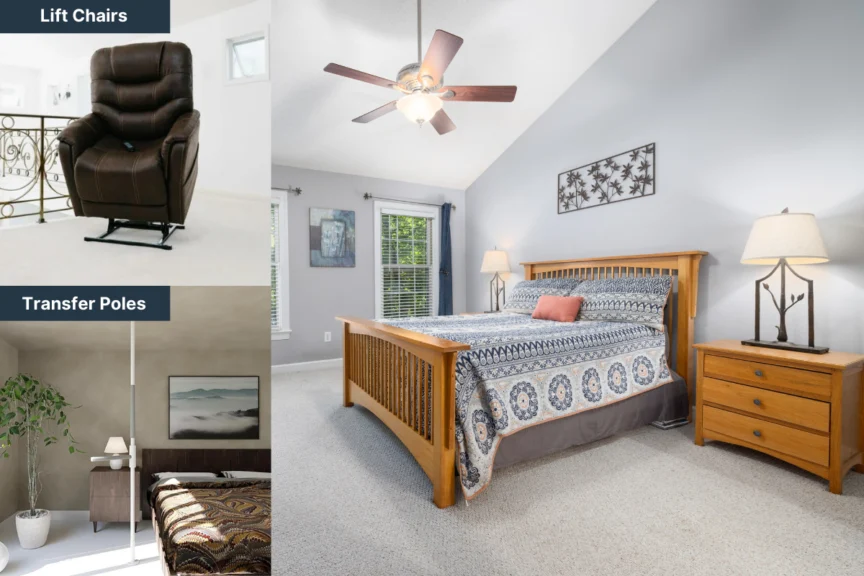
The bedroom is an especially important location when it comes to comfort and safety. Whether your loved one needs help getting in and out of bed or could use some extra stability, we have the tools available to carry some of the weight of your caregiving duties and reduce strain for you both.
- Lift Chairs: Our lift chairs are designed to make it easier to transition from a sitting to standing position. They also look like standard recliners and blend into your home’s design, so you never have to sacrifice style for comfort. Explore our fully customizable options.
- Transfer Poles: Transfer poles, or SuperPoles, are perfect for providing an extra level of support when getting in and out of bed, helping your loved one by having something to grab on to. They can also be installed in other areas of the home, making them a versatile solution.
When taking care of aging parents, you might want to also consider easy-to-reach storage solutions for organizing the essentials. Plus, get more tips on creating a handicap accessible home and home safety for aging parents.
5. Promote Physical Activity & Mental Well-Being
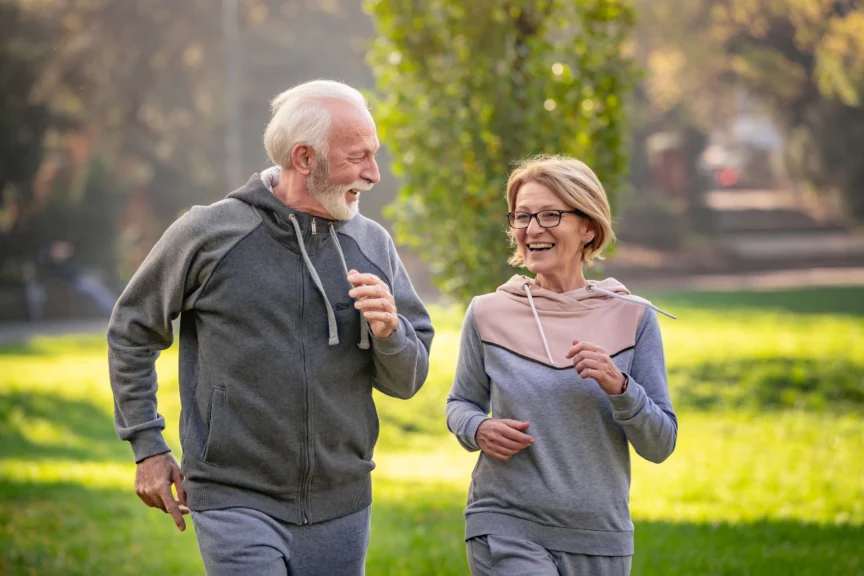
In addition to preventing falls, improving comfort, and keeping safety in mind, it’s important to prioritize your loved one’s physical and mental well-being—in addition to your own. Consider the following activities that can be crucial with helping seniors maintain independence.
- Encouraging Daily Movement: Light exercises, like stretches, chair yoga, or walking, can help when it comes to staying active.
- Engage in Social Activities: Have friends and family come visit, take your loved one out for an activity they enjoy, and get creative, as preventing isolation is so important when it comes to mental health
- Explore Cognitive Stimulation: Puzzles, reading, and other fun hobbies help keep the mind active—and keep your loved one sharp.
Need help staying on top of your caregiving tasks or want to learn more about how to support aging parents at home? Download our free caregiver daily checklist template to keep track of everything when taking care of aging parents and give you peace of mind.
6. Seek Support: Respite Care & Professional Help
Remember, when it comes to caring for elderly parents at home, it’s equally important to take care of yourself. Explore a few other tips on prioritizing your own well-being.
- Hiring In-Home Care Services: If you’re struggling to stay afloat, feel overwhelmed, or are worried your loved one is in danger, you may want to consider hiring professional assistance.
- Family & Community Resources: Support groups and programs for caregivers can be a great option when it comes to seeking additional help. It can be useful to talk about your feelings and meet with others going through the same thing.
- Taking Breaks as a Caregiver: It’s also important to take breaks, take time for yourself, and enjoy your own life. You can prevent burnout with self-care strategies and improve your own health.
You don’t have to do it all alone. Explore additional resources and advice about caregiving, get elderly care tips for families, and reach out to us anytime for help.
How 101 Mobility Can Help Families Care for Aging Parents
At 101 Mobility, we pride ourselves on being a trusted resource for home mobility solutions that enhance the quality of life for seniors and their caregivers. We’re here to help with:
- Personalized Home Accessibility Solutions: Schedule a free in-home consultation with us to get expert assessments and recommendations for your unique home and situation.
- A Wide Range of Mobility Products: From stairlifts and elevators to ramps and bathroom safety products, we have something to help with your situation.
- Professional Installation & Support: Our help doesn’t stop at installation. We ensure long-term accessibility and comfort, providing maintenance, ongoing help, and more. Learn more about the 101 Mobility difference.
Ready to make caregiving just a bit easier? Let us carry some of the weight. Contact us today for help and discover more about the best mobility aids for elderly parents.
Take It One Day at a Time
When caring for elderly parents at home, the best thing you can do is be there for them. Offering support, kind words, or even a hug can make all the difference. You also don’t have to navigate this road alone. 101 Mobility is here to offer solutions and support in order for you to create a safer and more accessible home for the ones you love the most. Your job as a caregiver is important and you can’t forget to keep yourself in mind. Remember to take it one day at a time. You’ve got this.
